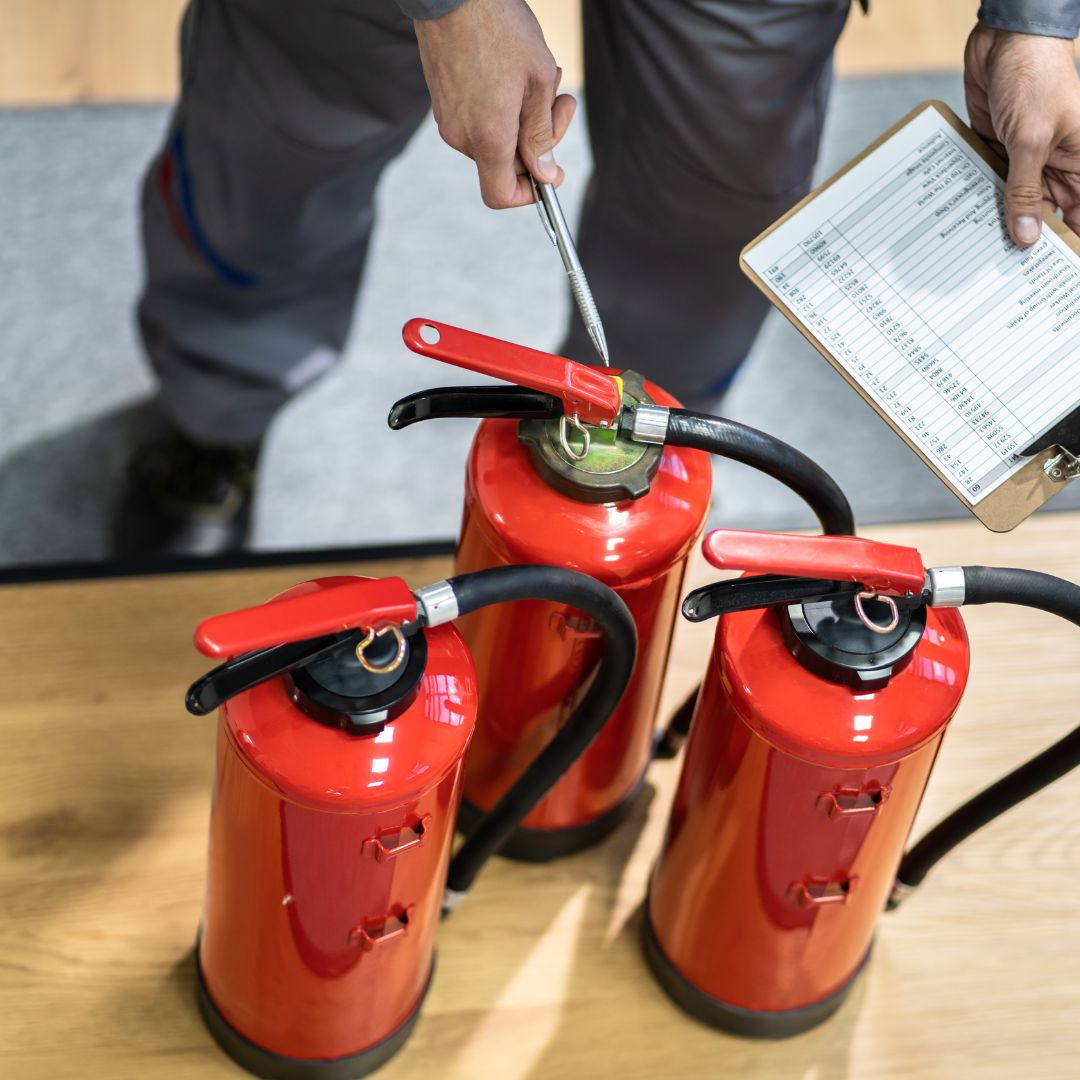
In many areas, the changing seasons mean more indoor activities. The maintenance team’s focus shifts from mowing and park maintenance to more facility maintenance.
A well-maintained facility gives the public a safe, welcoming, functional environment to enjoy programming and events.
Like our playgrounds and park assets, facilities benefit from routine inspections and maintenance tasks to catch minor issues before they lead to damage or disruptions.
In this article, we look at the components of facility maintenance and give you some tips on creating an effective facility maintenance management plan.
What is Recreation Facility Management?
Recreation facility management involves strategically planning, maintaining, and managing a building and its assets for safety, efficiency, and presentation. It requires a team to manage all physical assets so that a facility functions at its best.
Recreation facilities can include:
- Recreation Centers
- Aquatic Centers
- Gyms/Workout Facilities
- Sports Complexes
- Community Centers
- Cultural Attractions
- Senior Centers
- Youth Centers
- Adventure Facilities
Asset Management vs. Facility Management
Asset management and facility management are similar concepts. On the surface, they seem like the same thing.
The main difference between asset management and recreation facility management is the focus. Facility maintenance management takes a broader view and oversees the entire property.
Asset management takes a more granular approach, focusing on individual physical assets such as individual attractions, IT-related assets, building systems, and much more.
Asset management can be considered part of facility management--not all of it. An effective facility maintenance program also considers user satisfaction, human resources, sustainability, and overall health and safety.
Components of a Facility Maintenance Plan
Tracking Assets
Assets that are high value, can depreciate over time, and play an essential role in the facility's operation are worth tracking.
You have to know what you have before you track it. Create a detailed inventory of all the assets you need to track. Include as much information as you have available--date of installation, original price, suggested maintenance milestones, preventative maintenance tasks.
Then, the team monitors the assets' condition and performance. If assets move to different facilities--like a sound system or sports equipment--it’s also important to keep tabs on their current locations.
Monitoring assets is more effective when specific tasks get scheduled for monitoring and care.
Scheduling Tasks

Tracking assets includes scheduled inspections and preventative maintenance to ensure everything operates at peak performance. The more tasks scheduled in a formal plan, the less likely they will be overlooked.
Tasks to schedule include:
- Inspections: Routine checking of building systems, equipment, and areas.
- Preventative maintenance: Performing tasks that will decrease the risk of premature equipment failure.
- Seasonal maintenance: Tasks to help the assets/facility adapt to the changing seasons, such as winterizing equipment or roof inspections in the spring and fall.
- Safety Checks: Similar to inspections, checking predetermined areas or equipment to make sure it’s safe.
- Scheduled replacements: Understanding the lifespan of your assets and creating a schedule to replace them to prevent unplanned outages, service interruptions, and unexpected costs.
Communicating Issues
As we all know, non-routine maintenance issues can come out of nowhere. An effective work order system helps decrease the timespan between noticing and resolving a problem.
An effective work order system needs these components:
- Standard, uniform work order format consistently delivered to the asset manager.
- A quick way for the manager to communicate task assignments related to the work order.
- Centralized location for the maintenance crew to report task status and any issues.
Many parks agencies find electronic work order systems help make this process more efficient and consistent.
Maintenance Budget
The most detailed facility maintenance plan is only effective if the budget allows for it. Staff, repairs, replacements, and maintaining the facility environment require time and money.
Budgets should include considerations for staffing a maintenance team, replacement parts, cleaning materials, and maintaining equipment.
Risk Management
Many sports and recreational activities involve some degree of risk. The facility manager must determine acceptable risks and what needs to be addressed.
For example, two people may collide during a soccer match, which is a risk associated with the game. But if someone gets injured because of a recurring issue with the turf or a sharp edge that wasn’t repaired, those risks are avoidable. The responsibility may fall on the negligence of the maintenance team.
Unacceptable risks need to be identified, reported, and addressed. Historical records can help determine any patterns useful for preventing future incidents.
Evaluating Data
Collecting data from inspection reports, completed work orders, maintenance staff work logs, and other sources helps to make more informed decisions in the future.
Of course, gathering and analyzing all that data could be a complicated, time-consuming task. Sifting through paperwork or spreadsheets can provide insights and help you determine patterns. But, depending on how you’re collecting data, that may be like finding a needle in a haystack--or, more accurately, a paper stack.
Technology and Facility Maintenance Management
As more parks and recreation agencies start relying on computerized maintenance management system (CMMS) software, they find it easier to collect and analyze the data most beneficial to them.
CMMS allows the maintenance manager to schedule preventative maintenance and inspections well in advance. Staff get alerted when it’s time to complete the tasks.
Staff reports their work and anything that came up while completing the task or inspection.
All the information is in one place--no paper cuts involved.
